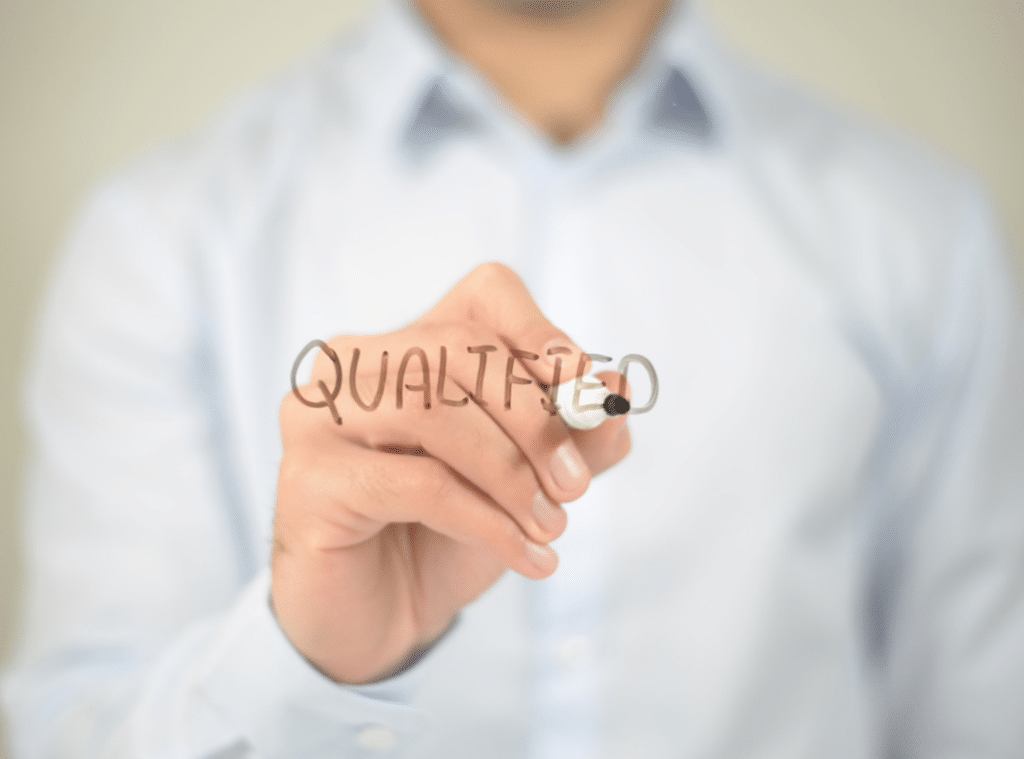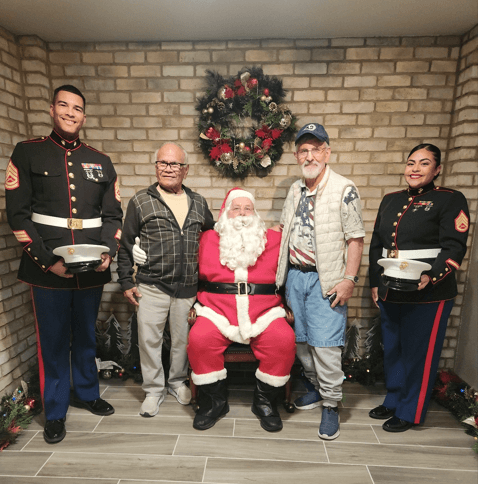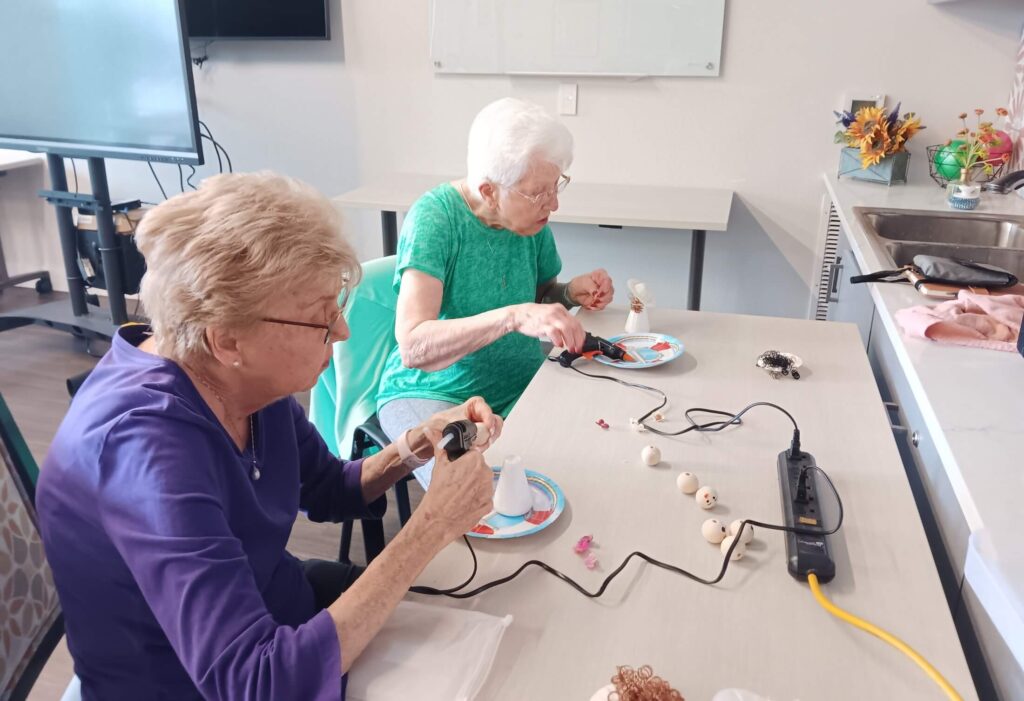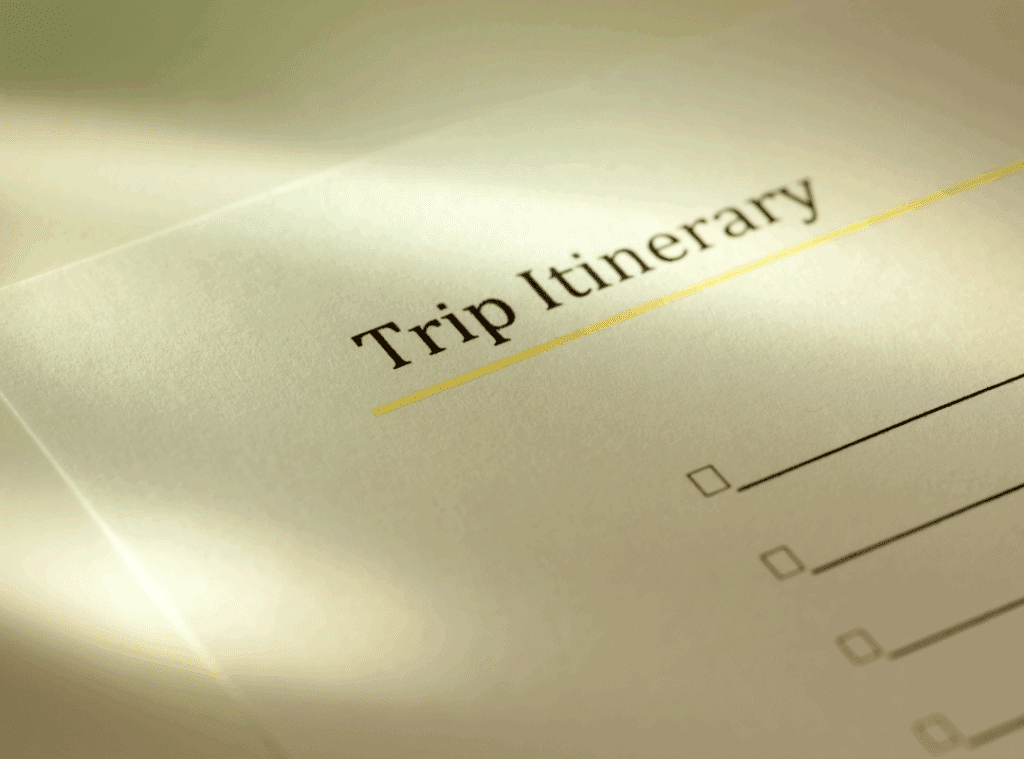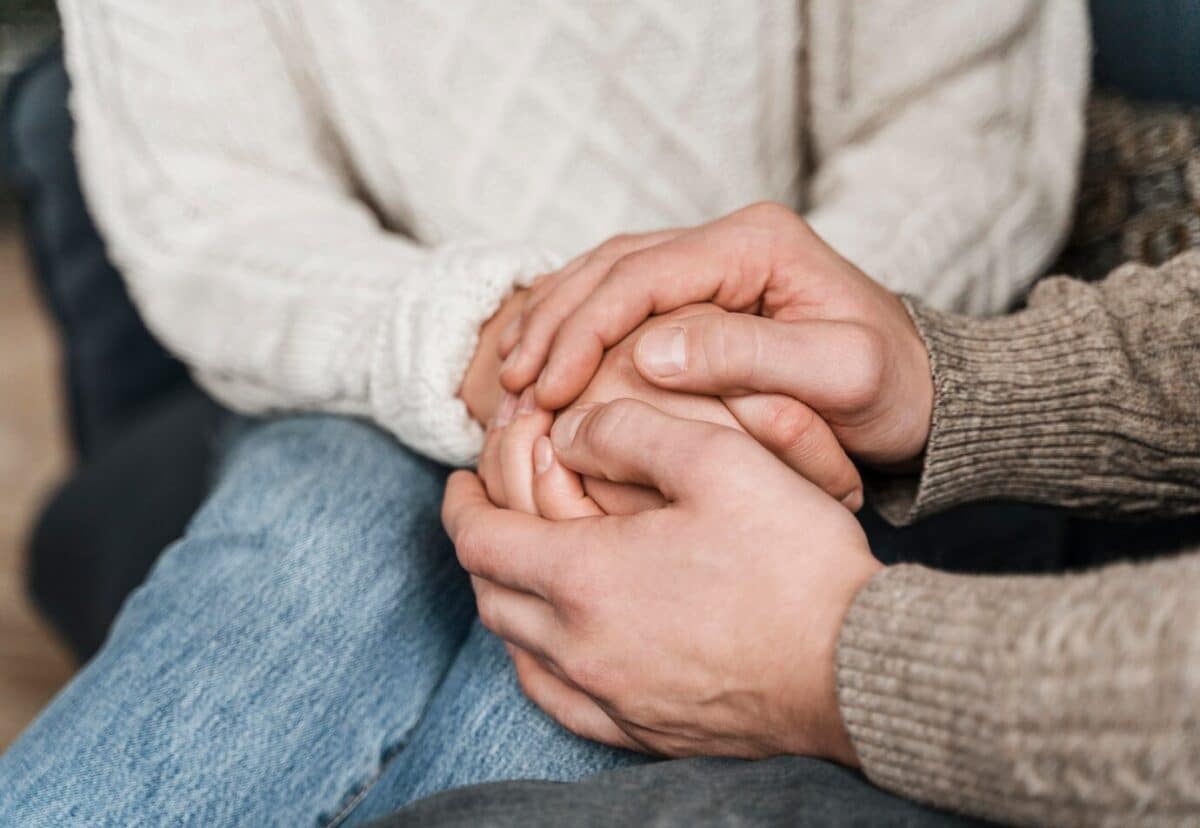Cost of Memory Care vs Nursing Home: What to Know
Choosing between memory care and a nursing home for a loved one is an emotional and financial decision. Understanding the cost of memory care vs nursing home is key to ensuring your loved one receives the right level of care without placing unnecessary strain on your family’s budget.
If you’re unsure whether memory care or a nursing home is the right fit, this guide provides clarity. We’ll compare services, prices, and key decision points, such as when to move from assisted living to memory care and how care needs influence expenses. Let’s explore your options so you can make the best choice possible—both financially and emotionally.
Understanding the Difference: Memory Care vs. Nursing Home
Memory care and nursing homes serve distinct needs. Memory care is specifically designed for those with Alzheimer’s, dementia, or cognitive decline. It offers secure environments, specialized programs, and personalized routines that support mental wellness.
On the other hand, nursing homes provide 24/7 medical care for individuals with chronic illnesses or disabilities. While both ensure safety and support, only memory care facilities are equipped to manage memory loss through structured engagement and therapies.
If you’re exploring memory care options, Westmont at San Miguel Ranch offers a comprehensive, person-centered approach. Learn more at Westmont at San Miguel Ranch.
Also, discover how a collaborative care plan enhances the care experience.
What Is the Average Monthly Cost for Memory Care?
One of the most important questions families ask is: What is the average monthly cost for memory care? On average, memory care ranges from $6,988 to $7,292 per month, which typically includes housing, meals, cognitive therapies, and personalized support services.
Comparatively, nursing homes cost more—typically between $8,929 and $10,025 monthly—due to the medical care provided, such as skilled nursing and rehabilitation services.
Understanding the average cost of a memory care facility can help you plan ahead and compare this option with nursing homes in your region. You can also explore long-term care statistics for a national cost perspective.
Key Cost Components Breakdown
| Service | Memory Care | Nursing Home |
| Monthly Cost | $6,988 – $7,292 | $8,929 – $10,025 |
| Focus | Cognitive Support | Medical Supervision |
| Staff | Dementia-trained | Licensed Nurses |
| Activities | Structured Memory Support | Physical Rehabilitation |
| Environment | Secured and Specialized | Clinical and Generalized |
The cost of memory care vs nursing home care can vary based on location, facility, and your loved one’s needs. Learn more about cost considerations to help with financial planning.
When to Move from Assisted Living to Memory Care
It can be difficult to know when to move from assisted living to memory care, but key signs include increased confusion, wandering, aggression, or withdrawal from social activities. Assisted living may no longer offer the necessary cognitive support, while memory care provides 24/7 supervision and specialized therapies.
This transition can also impact your expenses. Memory care often costs more than traditional assisted living but less than a full nursing home, making it a suitable middle-ground for those with memory-related conditions.

Is Memory Care Considered Skilled Nursing?
A common question is: Is memory care considered skilled nursing? The answer is no. Memory care is not considered skilled nursing, although both provide high levels of care. Skilled nursing involves medical treatments administered by licensed professionals—like IVs, wound care, or post-surgery recovery.
Memory care focuses on cognitive health, structured activities, and emotional well-being rather than intensive medical care. While memory care staff are trained in dementia-specific approaches, they are not the same as registered nurses or clinicians in nursing homes.
So if your loved one has advanced medical needs, a nursing home may be more appropriate. But if cognitive decline is the primary concern, memory care is likely the better (and often more cost-effective) option.
Regional Differences in Memory Care and Nursing Home Costs
Costs can vary widely depending on geography. Urban areas typically have higher prices due to increased demand and cost of living. For example:
- California memory care costs can exceed $7,500/month.
- Rural or suburban communities may offer rates closer to $6,000/month.
- Nursing home costs in urban areas can surpass $10,000/month.
To manage costs, explore these helpful resources:
What Influences the Cost of Memory Care?
Let’s break down what contributes to the average cost of a memory care facility:
1. Residence Type
Private rooms and upscale accommodations cost more. Shared suites can reduce monthly expenses significantly.
2. Services Offered
Communities that offer individualized meal plans, art therapy, pet therapy, or physical therapy may charge higher fees.
3. Location
Local real estate prices, minimum wage, and regional healthcare regulations all affect facility pricing.
4. Care Level Required
Residents who require more attention, behavioral support, or advanced supervision will typically incur additional costs.
Understanding these variables will help you better evaluate the cost of memory care vs a nursing home for your unique situation.
Payment Options for Memory Care and Nursing Homes
Planning for long-term care expenses is easier when you know what payment resources are available. Options include:
- Private Pay: Most memory care is paid out-of-pocket.
- Long-Term Care Insurance: Policies often cover both types of care.
- Medicaid: May cover nursing home costs for qualified individuals.
- Veteran Benefits: VA Aid and Attendance can help reduce expenses.
- Bridge Loans or Home Equity: Used temporarily while selling property or settling assets.
For more support, check out financial assistance options.
Community Engagement and Quality of Life
The right memory care community does more than provide services—it fosters belonging. Engaging with staff, residents, and families helps evaluate the facility’s culture and approach to personalized care. Westmont at San Miguel Ranch, for example, offers resident-centered activities that build routines and relationships.
Families are encouraged to attend events, participate in planning, and collaborate with caregivers. A good community provides peace of mind—offering not just care but comfort and connection.
Looking Ahead: Trends in Senior Care Costs
As the demand for elder care rises, so do prices. Here are a few trends to watch:
- Tech Integration: Smart devices and telehealth increase efficiency—and costs.
- Staffing Shortages: More competition for qualified caregivers raises wages.
- Custom Care Plans: Tailored programs will improve outcomes but may cost more.
- Higher Demand: An aging population means increased competition for quality spaces.
Planning now ensures your loved one won’t be left behind later.
Your Next Step Toward Quality Care
Understanding the cost of memory care vs nursing home care helps you make confident, compassionate choices for your loved one. While nursing homes are necessary for medical care, memory care often offers a more enriching and secure environment for those with cognitive decline.
👉 Looking for quality memory care in California?
Visit Westmont at San Miguel Ranch to learn how we support families like yours.
📞 Call us at 619-271-4385 or schedule a tour today.
Don’t wait to get your questions answered—your loved one deserves the best care possible.
Frequently Asked Questions
Which is more expensive, memory care or a nursing home?
Memory care and nursing homes differ in both purpose and pricing. Nursing homes are typically more expensive because they provide 24/7 medical supervision, skilled nursing, and rehabilitative services. Memory care, on the other hand, focuses on dementia-specific support, safety, and structured activities, which can still be costly but often less than a full nursing home. The right choice depends on the individual’s medical needs, with memory care being ideal for dementia support and nursing homes for complex medical conditions.
How much does memory care cost in California?
The cost of memory care in California varies widely depending on the location, level of care, and amenities offered. On average, families can expect to pay between $5,000 and $8,000 per month. Larger cities and luxury communities may charge even more, while smaller facilities in rural areas might cost less. It’s important to compare options and consider the services included in the monthly rate, such as meals, therapy, and 24/7 supervision.
Does Medicare pay for memory care in California?
Medicare does not generally cover the costs of long-term memory care in California. However, it may pay for short-term medical expenses such as doctor visits, hospital stays, or certain therapies. Long-term dementia care, including housing and personal assistance, is considered custodial care and is not covered. Families often rely on private pay, long-term care insurance, or Medicaid (Medi-Cal in California) for financial support.
What is the monthly cost of caring for a patient with dementia?
Caring for a patient with dementia can be expensive, with monthly costs depending on whether care is provided at home, in assisted living, or in a memory care facility. In California, memory care costs typically range from $5,000 to $8,000 per month, while nursing home dementia care may be even higher. Home care can also add up quickly, depending on the hours of professional assistance needed. Families should plan ahead and explore financial aid options to help manage these ongoing expenses.






